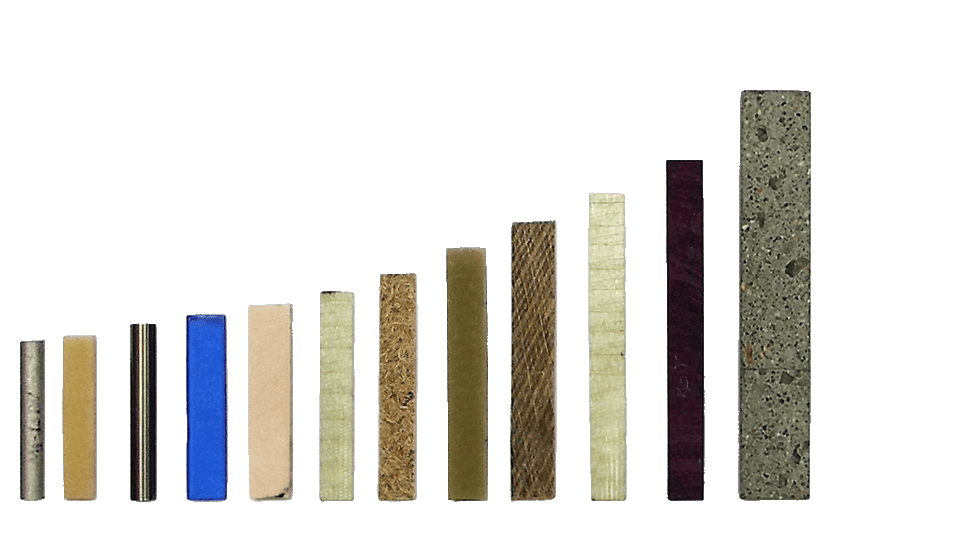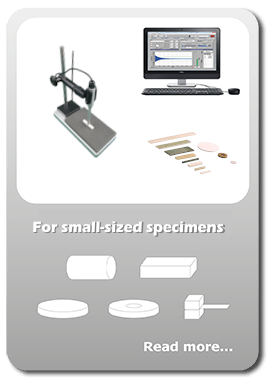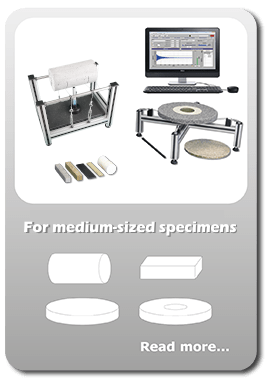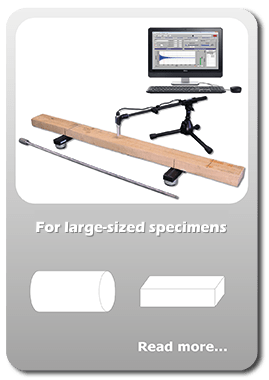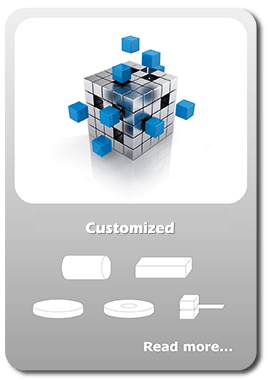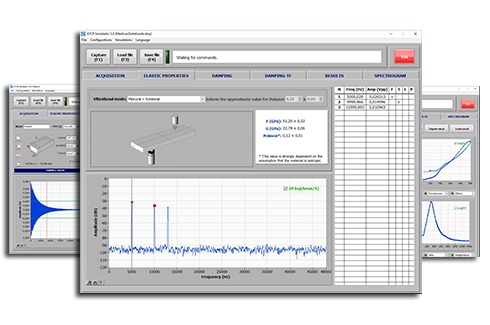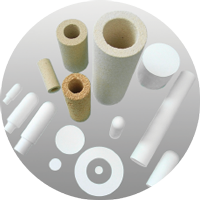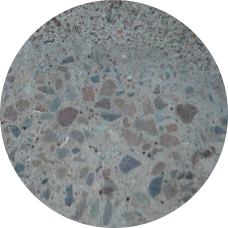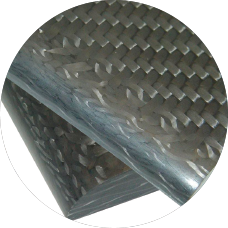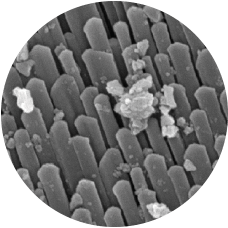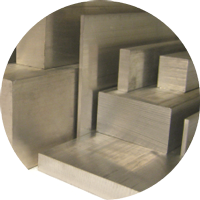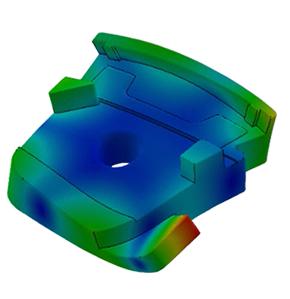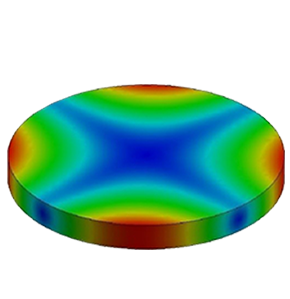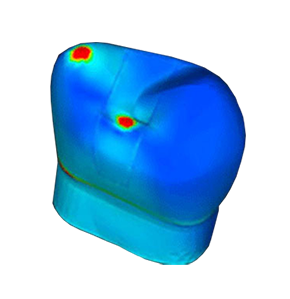-
Sonelastic® Systems
For Impulse Excitation Technique application, all Sonelastic® Systems include at least a specimen support, an impulse device, an acoustic sensor and the Sonelastic® Software. Below are shown typical systems for small-, medium- and large-sized specimens, which can be customized and automated with accessories.
-
Sample Supports
he function of the supports on the Impulse Excitation Technique and Sonelastic® Systems is to prop the specimen under its nodal lines while allowing the free vibration. In order to ensure the greatest possible flexibility of geometries, dimensions and modes of vibration ATCP provides a wide range of support options. If our standard supports fail to meet your requirements, the highly qualified ATCP team will develop a custom model to meet your needs.
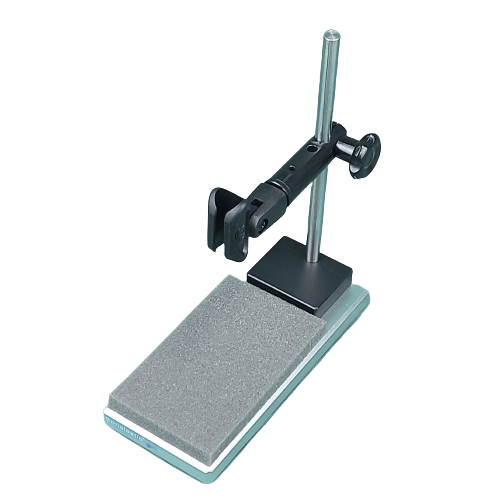
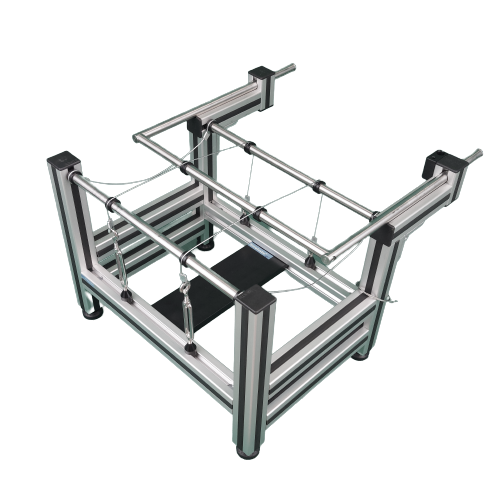
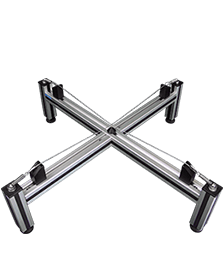
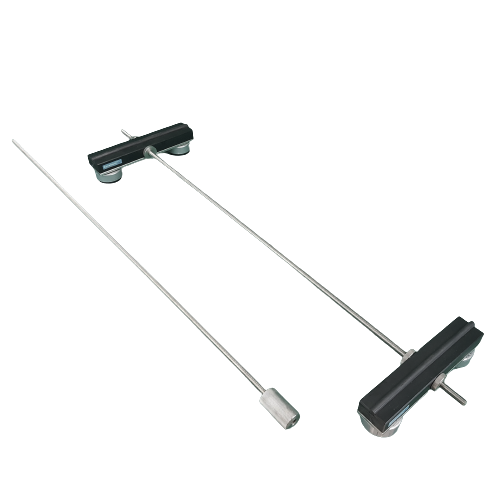
-
Devices por impulse excitation
The impulse device function in the Impulse Excitation Technique is to excite the specimen with a mechanical impulse without emitting sounds or noises within the measurement frequency range. Sonelastic® Systems have several impulse devices options that meet this requirement for small and medium-size specimens in the various geometries compatible with the supports. Besides manual models, there are automatic options that simplify the excitation and allow measurement automation in dependence of time.
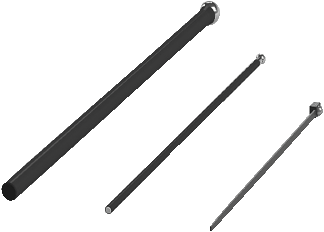
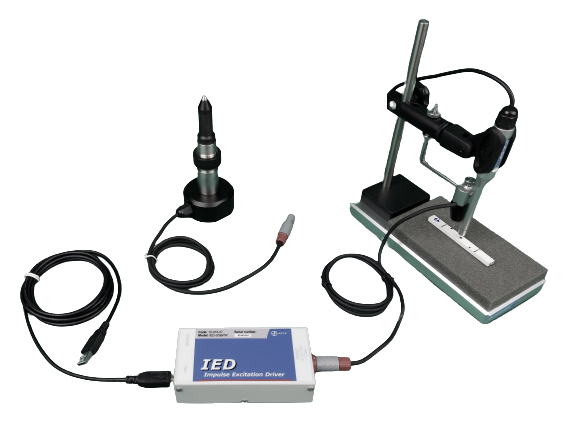
-
Acoustic sensors
The sensor function in the Impulse Excitation Technique is to capture the specimen acoustic response to impulse excitation with the high immunity to ambient noise. Sonelastic® Systems have directional sensors options for 70 Hz - 96 kHz frequency range that meet this requirement. Sonelastic® Systems also have modules and cards for signals acquisition and digitization, and accessories for holding the acoustic sensors.
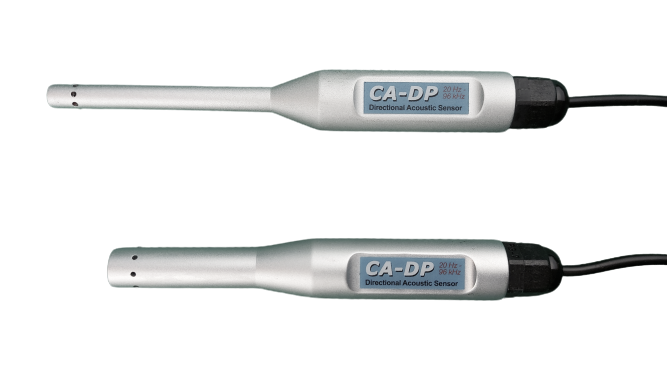
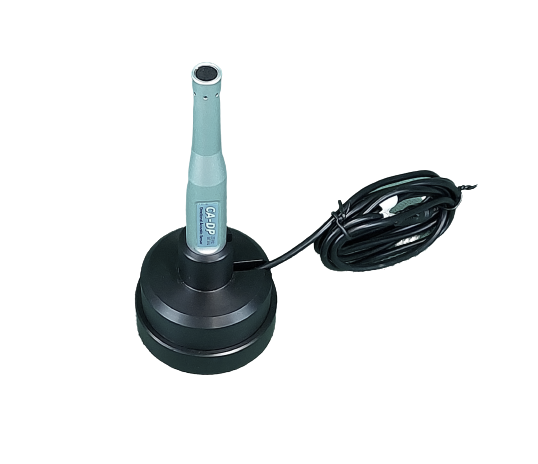
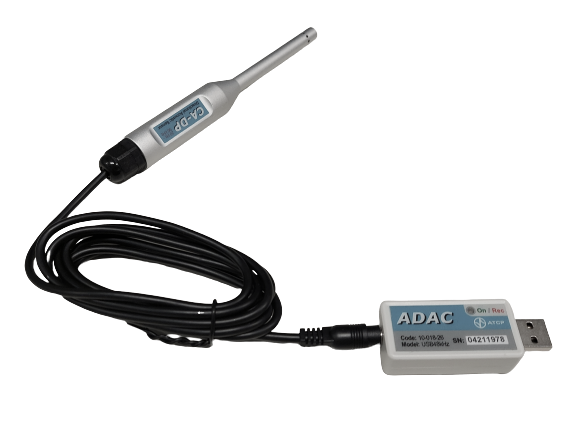
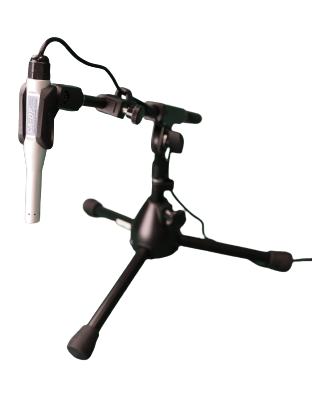
-
Sonelastic® Software
Sonelastic® Software main functions in the Impulse Excitation Technique are to analyze the specimen acoustic response, detect the frequencies and calculate the elastic moduli and damping. Additionally, Sonelastic® Software is able to calculate the speed of P-waves and S-waves, estimate frequencies and perform automatic measurements in dependence of time.

Basics
The Impulse Excitation Technique +
This IET is based on the natural frequencies of vibration. After a mild mechanical impact, the sample emits… Read more
Related standards overview +
Sonelastic® Systems are in agreement with ASTM E1876, C1259, C215 and related standards, for both room and high temperatures…
Read moreRelated papers overview +
References related to the equations and calculations used by the Sonelastic® Software. Some references related to the techniques employed in…
Read moreElastic moduli +
An overview of the elastic moduli and the relevance of these properties for science and materials engineering.
Read moreDamping +
A brief overview about damping and the relevance of its properties to science and materials engineering.
Read moreTechnical-scientific informative papers
ITC-05 – Characterization of woods +
Elastic moduli characterization of wood and wood products using the Impulse Excitation Technique.
Read moreITC-06 Characterization of composites +
Elastic Moduli characterization of composites using the Impulse Excitation Technique.
Read moreITC-07 Characterization of concrete +
Estimation of the static modulusof elasticity of concrete using theImpulse Excitation Technique
Read moreTables of materials properties
Ceramics +
Values of Young's modulus (modulus of elasticity) and Poisson's ratio at room temperature for ceramics and semiconductor materials used in engineering.
Read moreComposites +
Values of Young's modulus (modulus of elasticity) and Poisson's ratio at room temperature for several composites used in engineering.
Read moreFerrous metals +
Values of Young's modulus (modulus of elasticity) and Poisson's ratio at room temperature for several ferrous metals used in engineering.
Read moreNon-ferrous metals +
Values of Young's modulus (modulus of elasticity) and Poisson's ratio at room temperature for several non-ferrous metals used in engineering.
Read morePolymers +
Values of Young's modulus (modulus of elasticity) and Poisson's ratio at room temperature for several rigid polymers used in engineering.
Read moreWood +
Values of Young's modulus (modulus of elasticity) and Poisson's ratio at room temperature for ceramics and semiconductor materials used in engineering.
Read more
